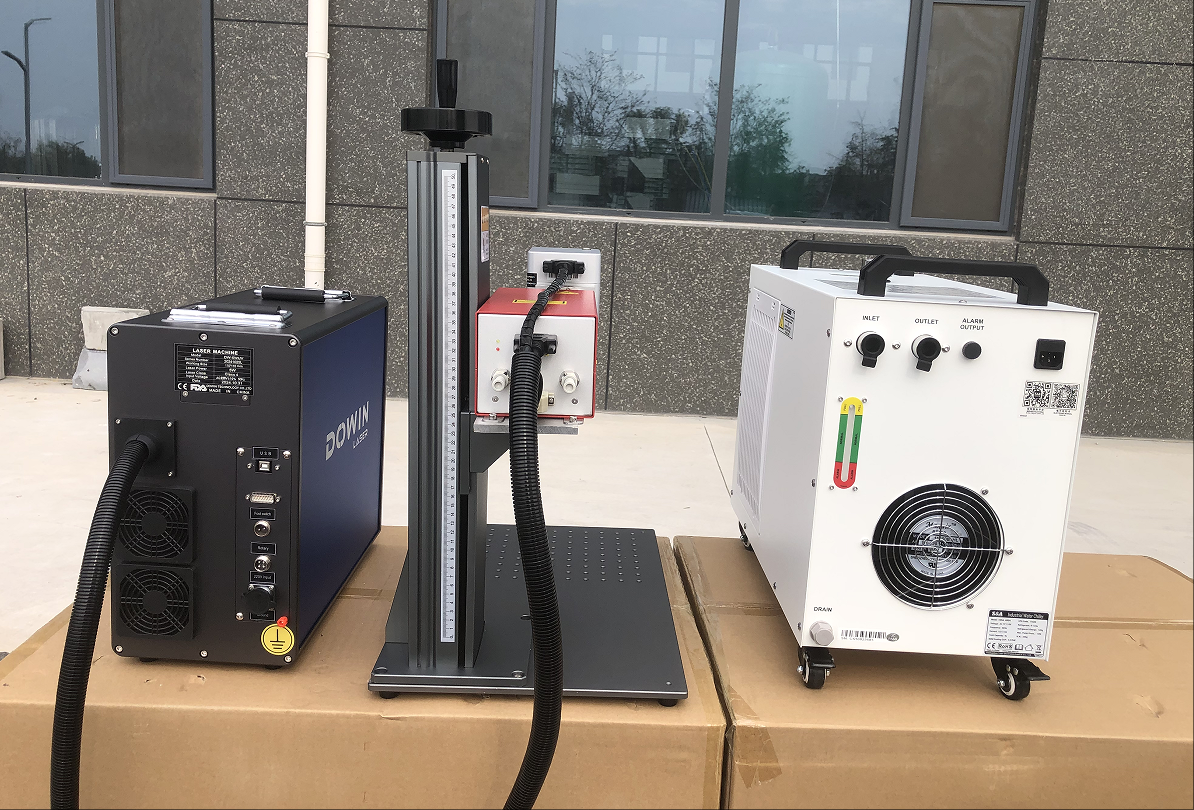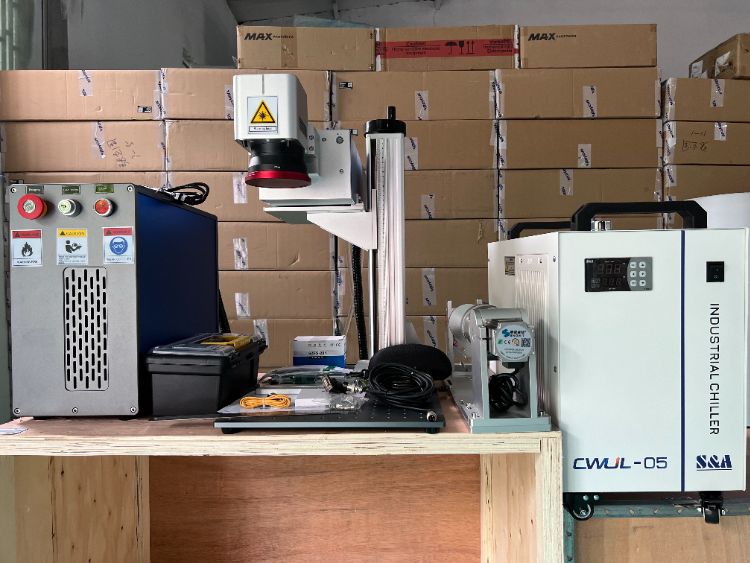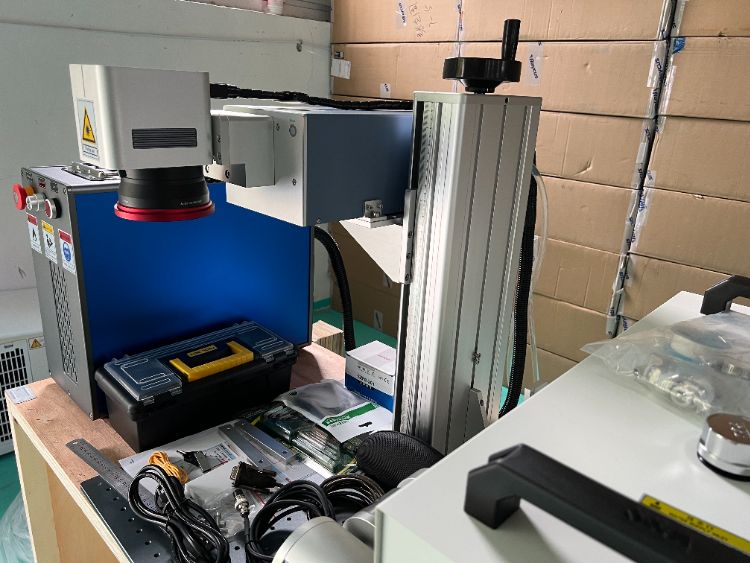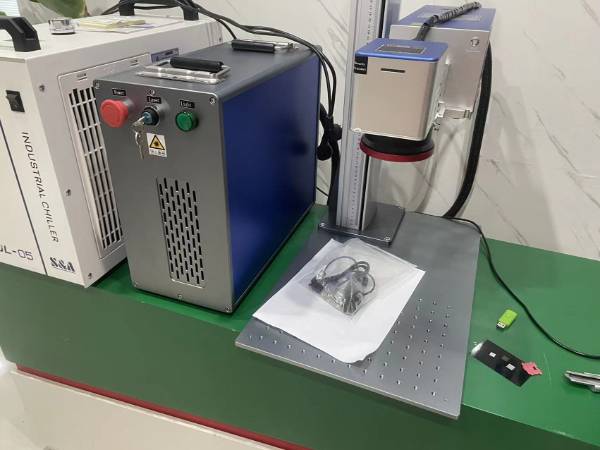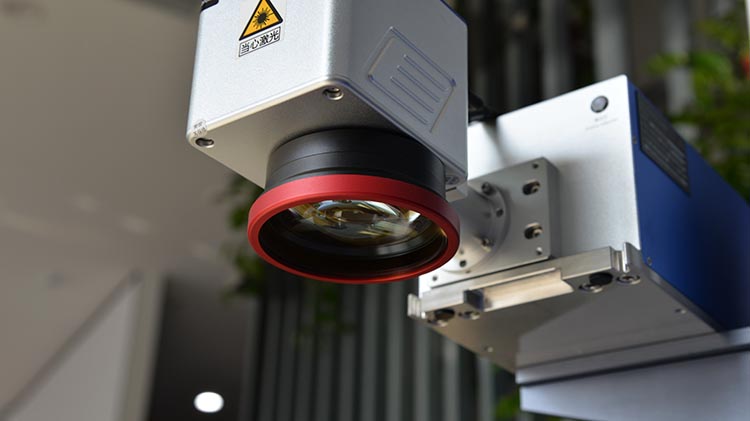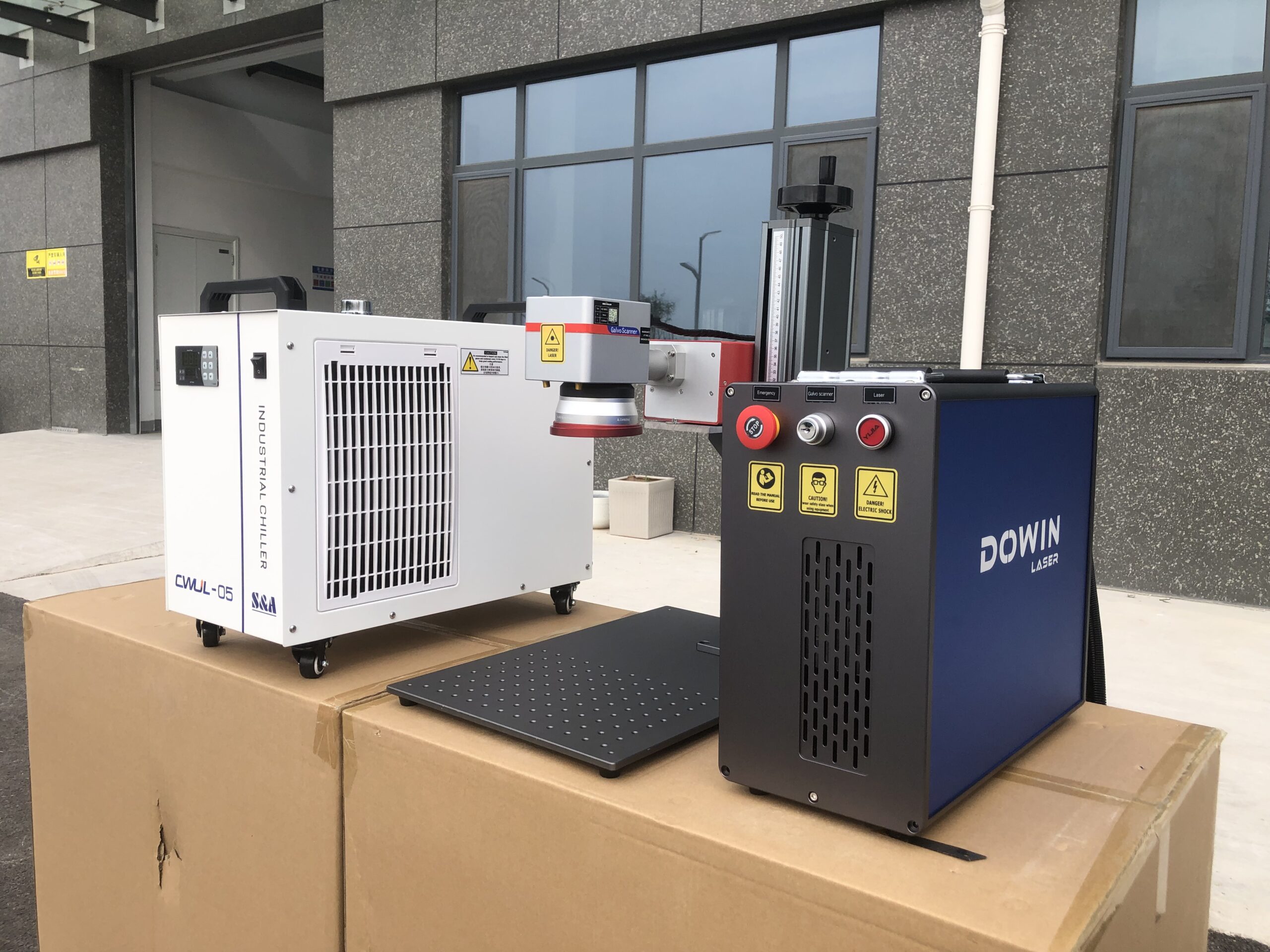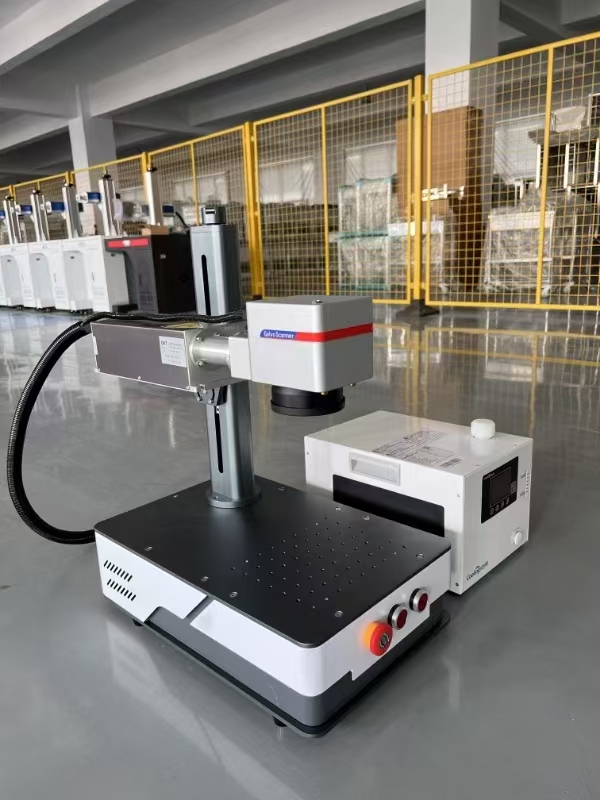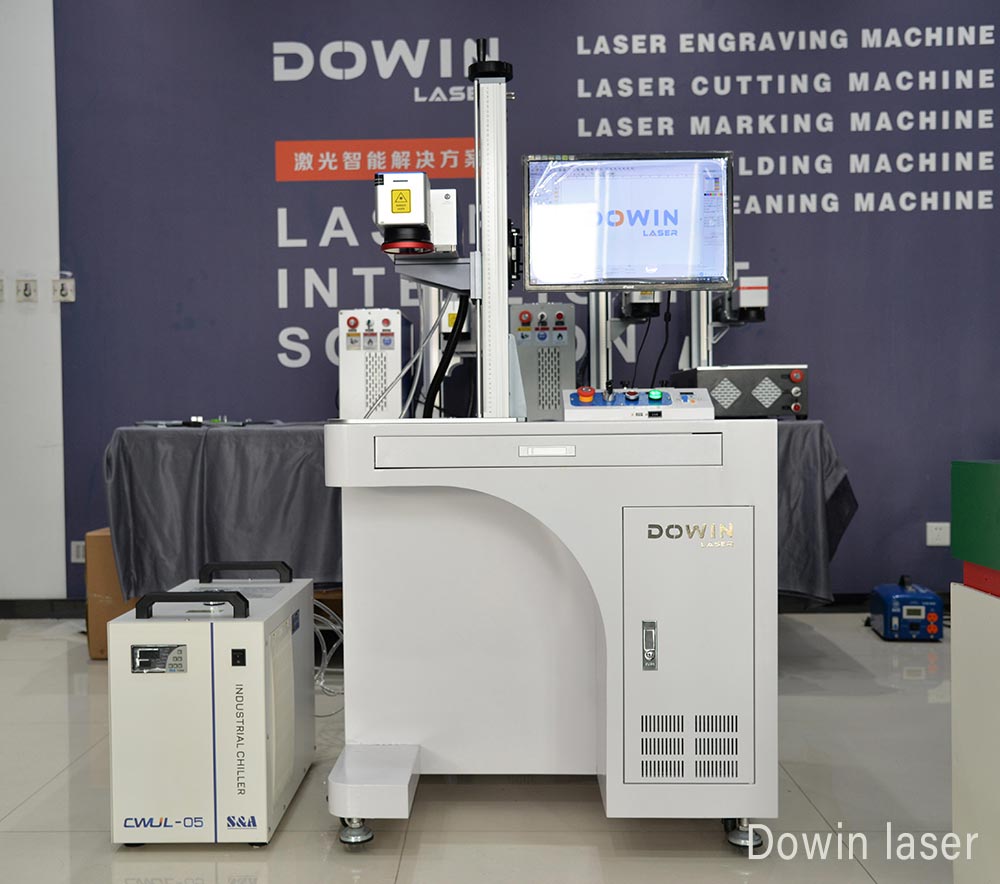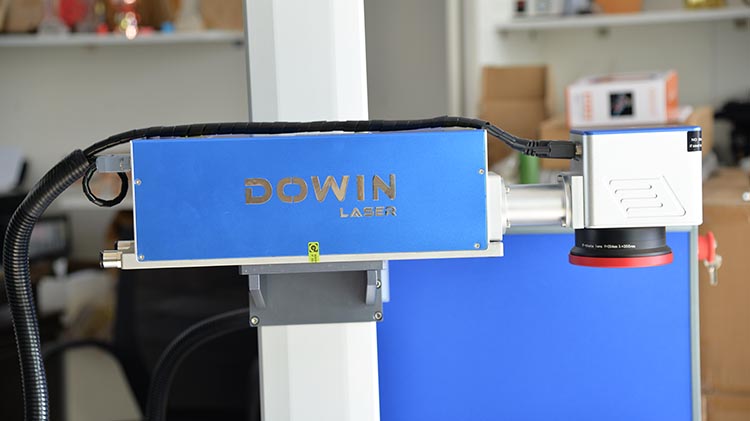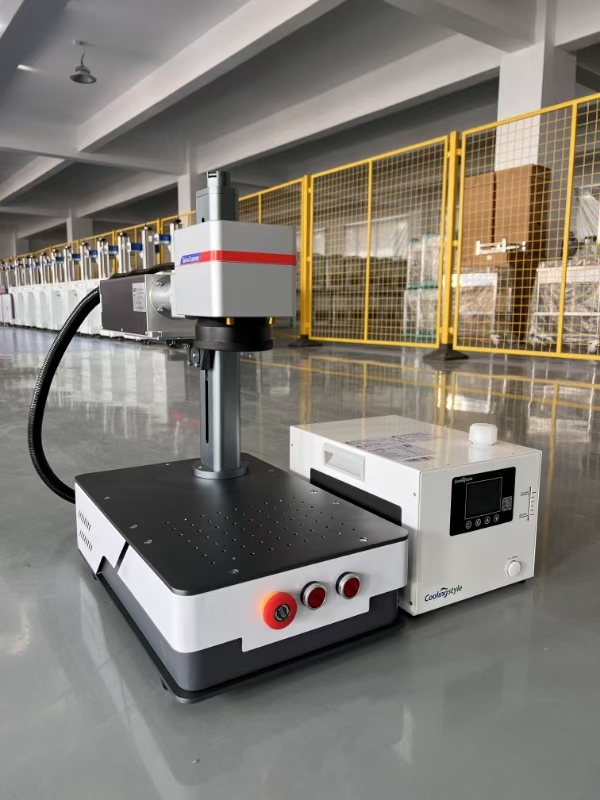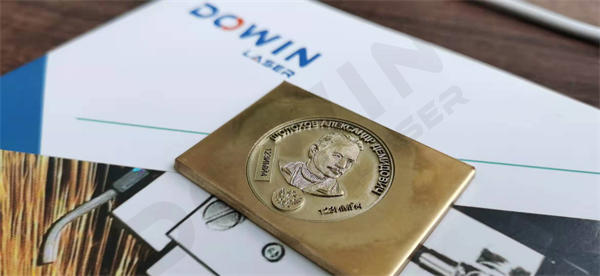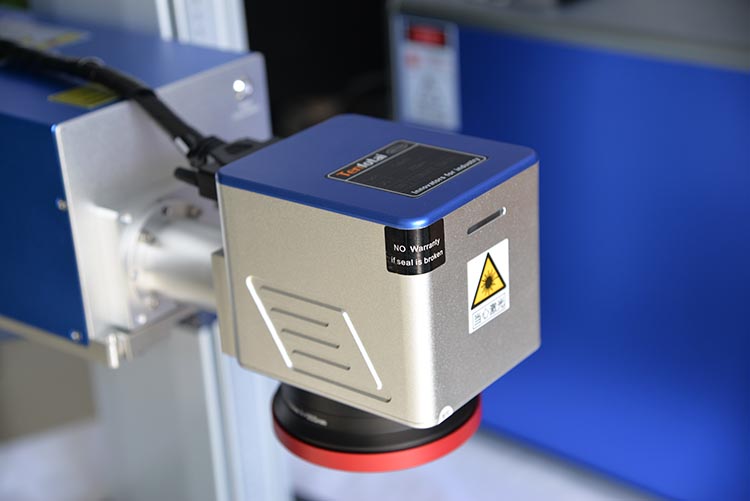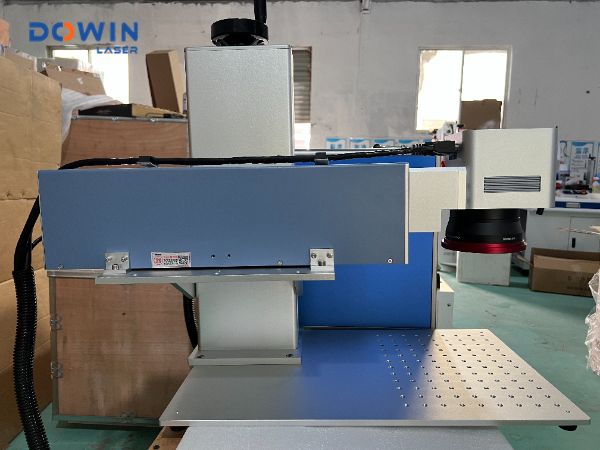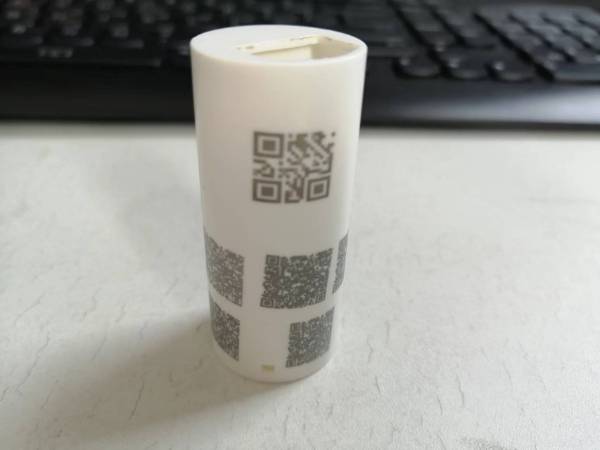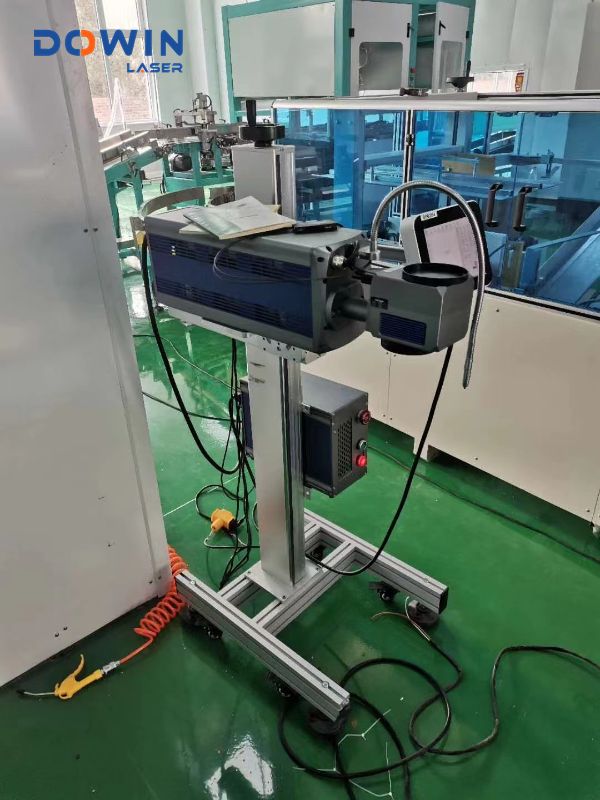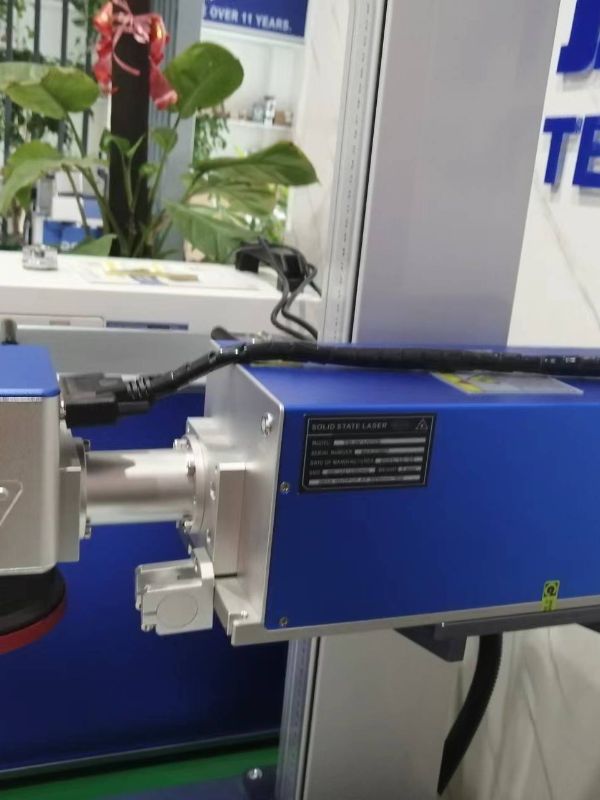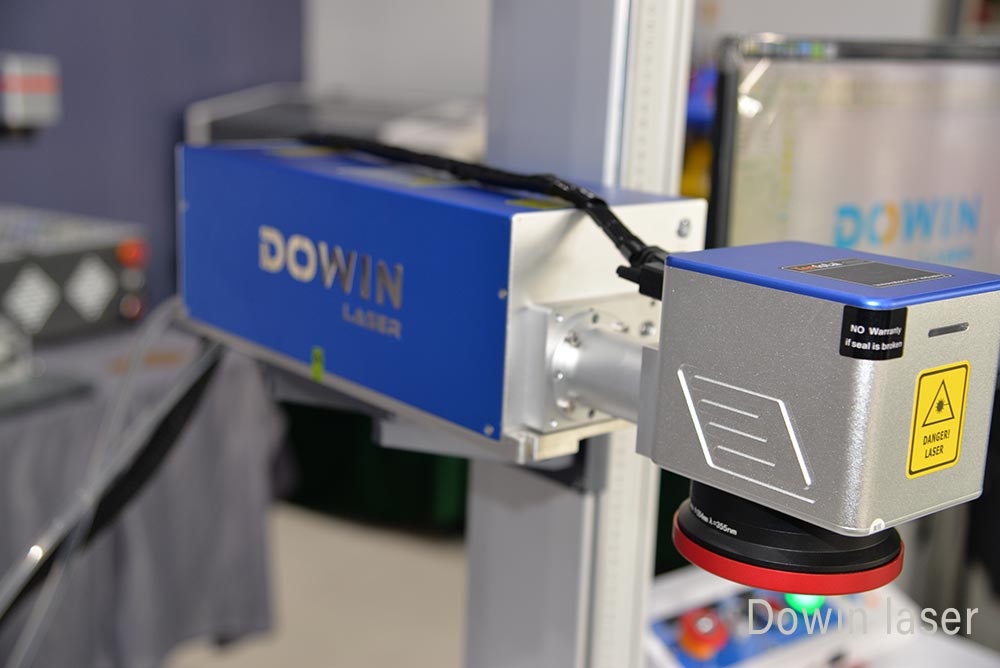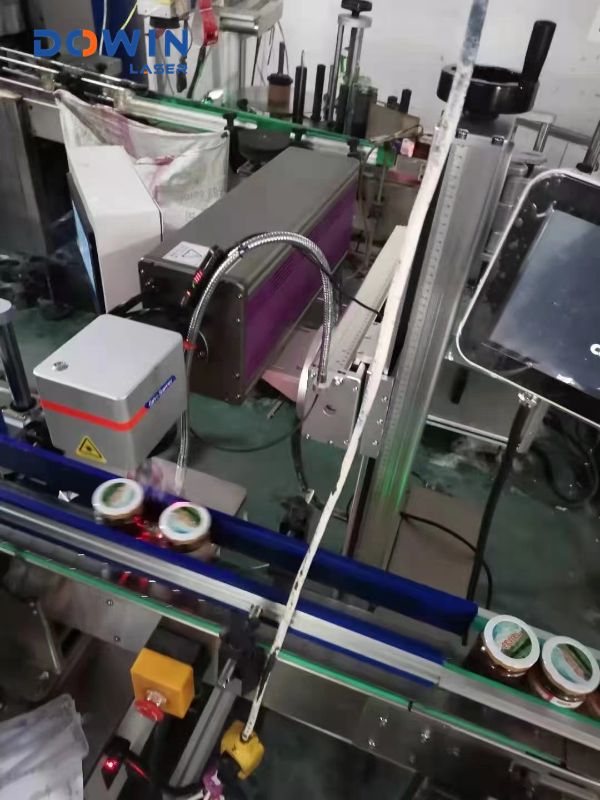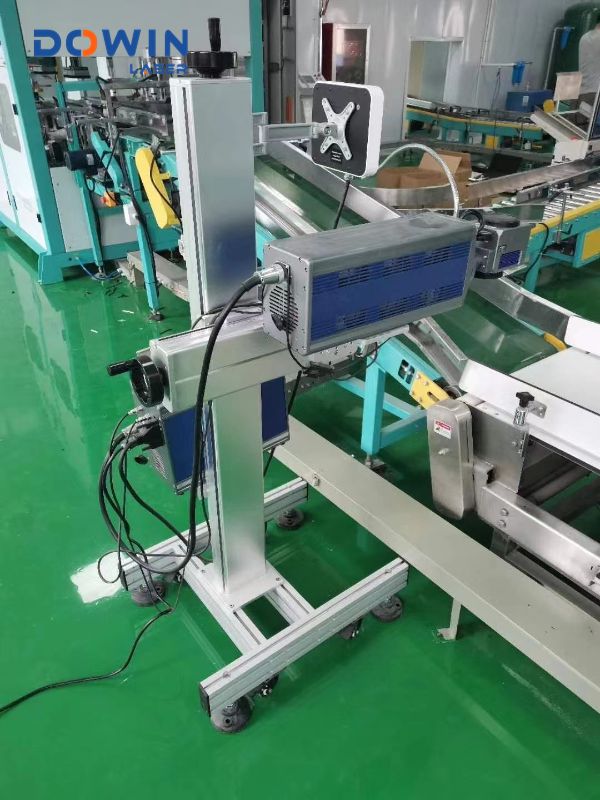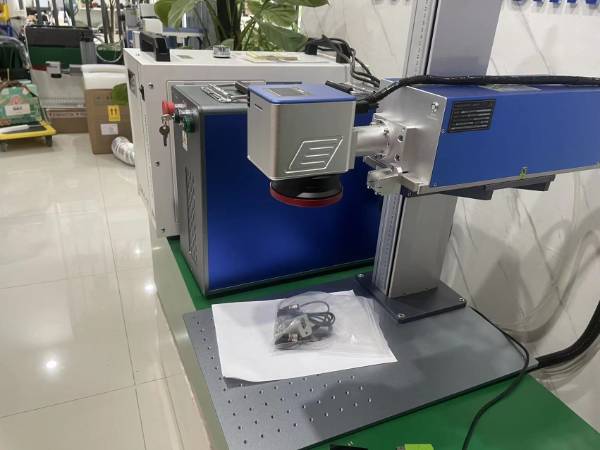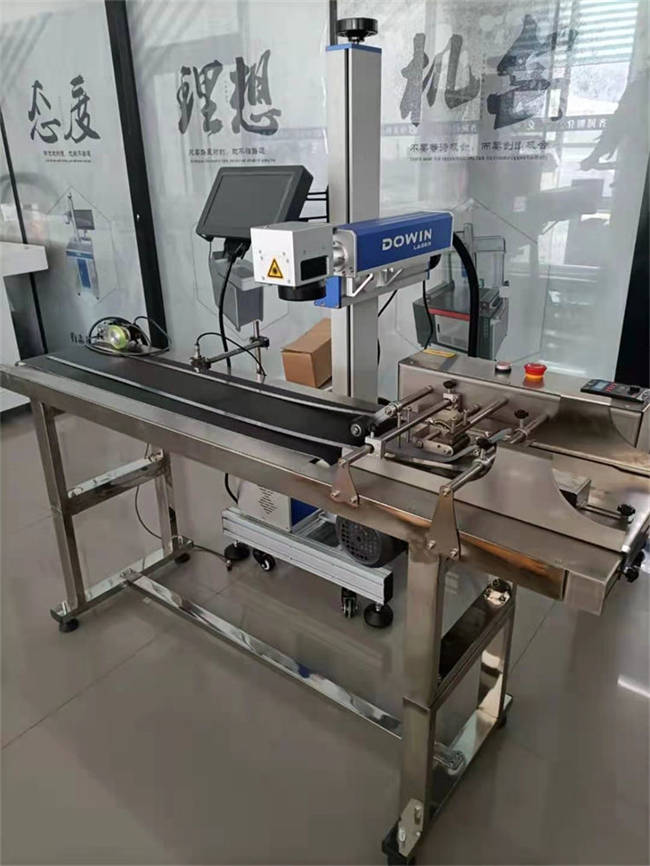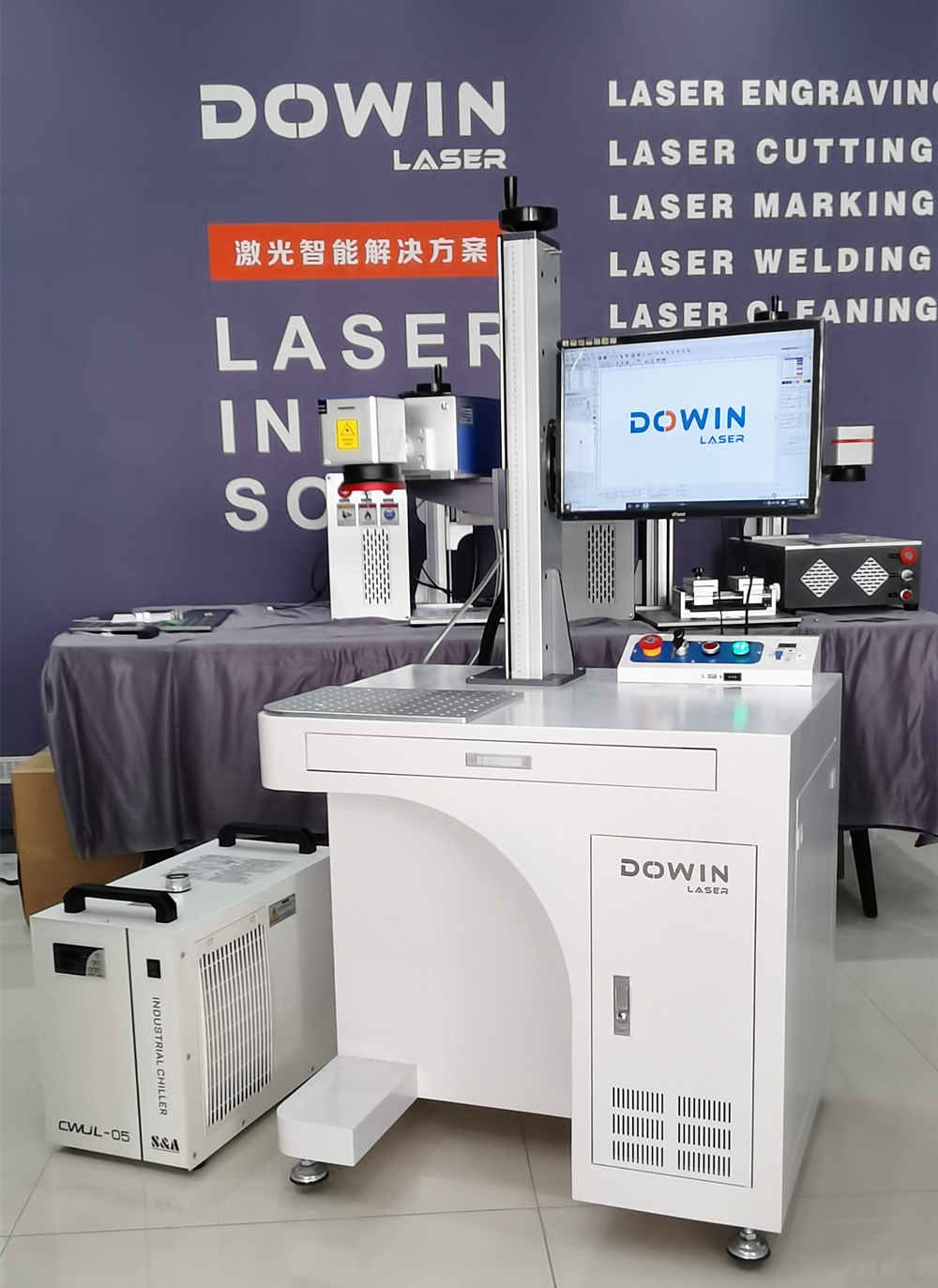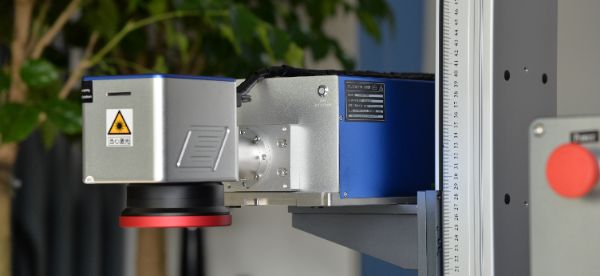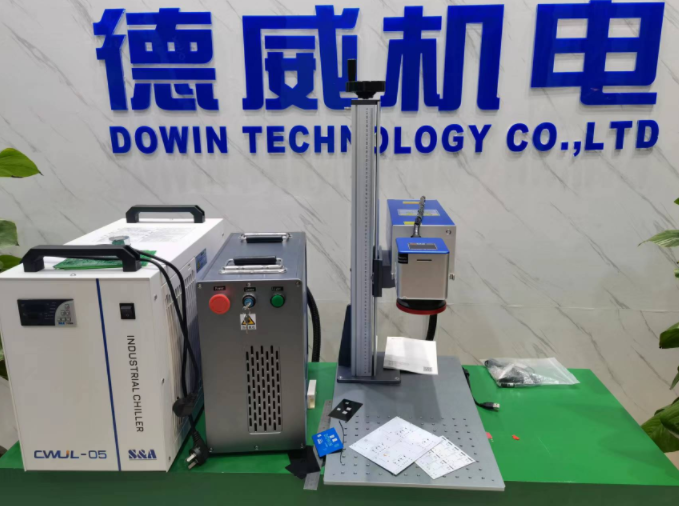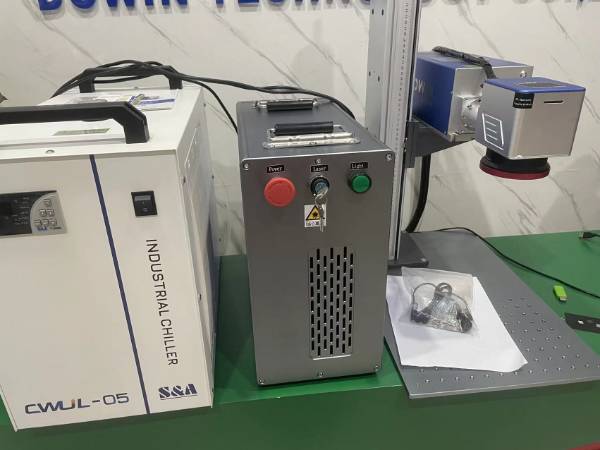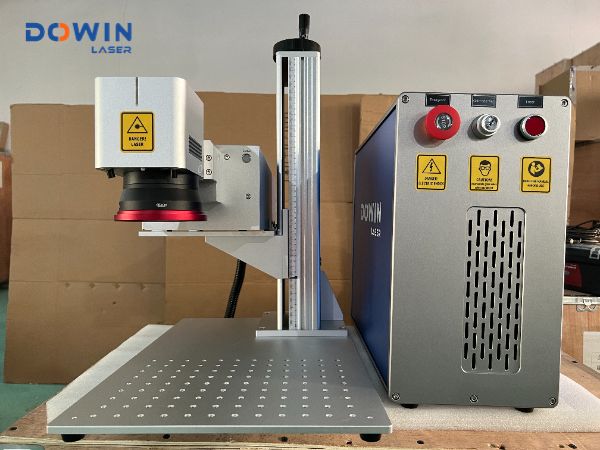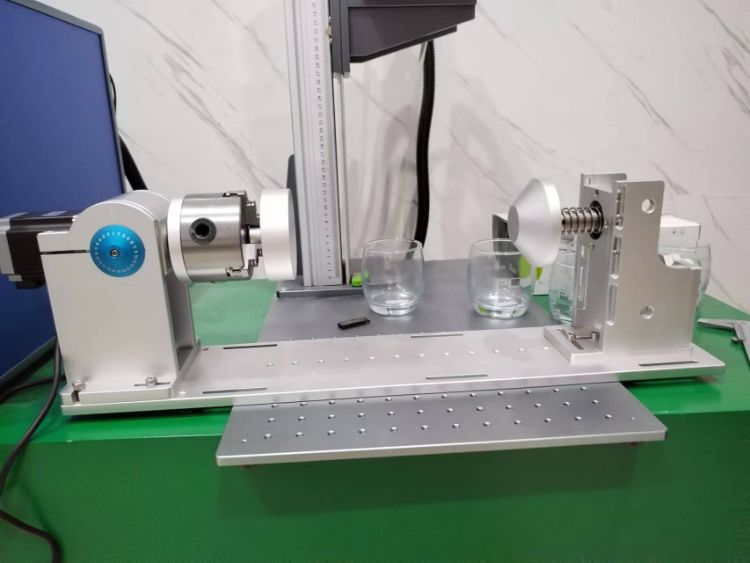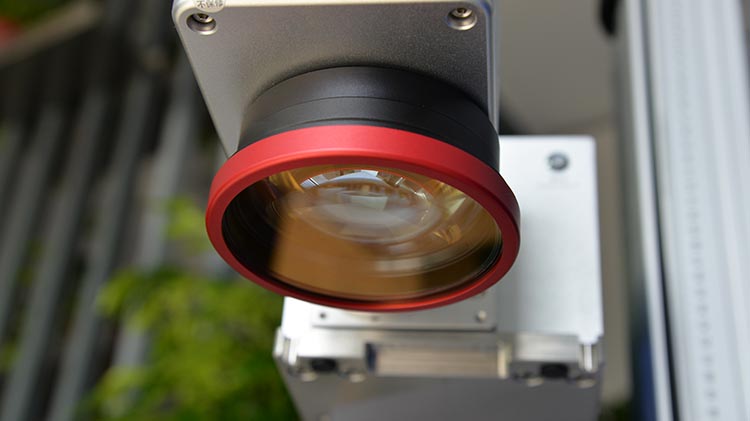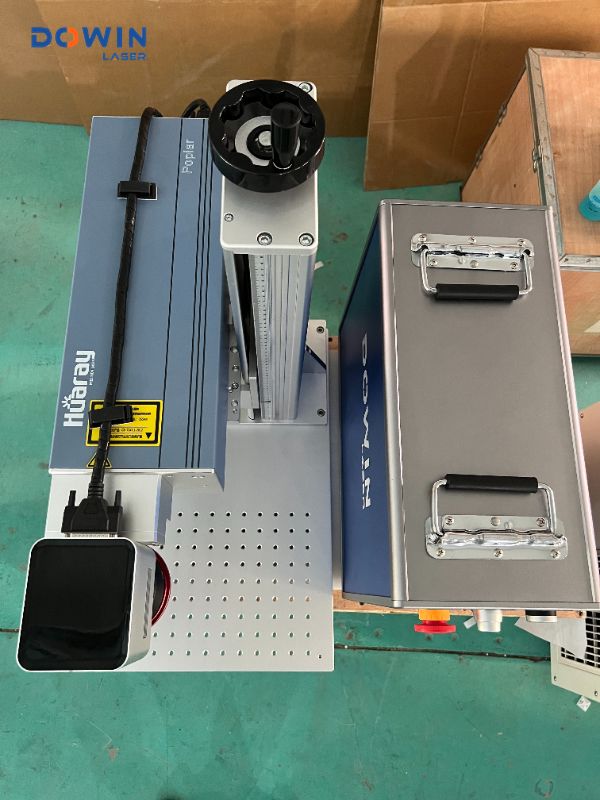UV Marking Machines and Supporting Electronic Components: The Perfect Solution for Modern Industrial Marking
Core Components of a UV Marking Machine
A complete UV marking system consists of several key components:
-
UV Laser Source: The core component of the system, producing highly stable ultraviolet laser beams.
-
Optical System: Includes galvanometers, field lenses, etc., for precise control of the laser path.
-
Control System: Processes graphic files and adjusts laser parameters.
-
Circuit Breakers and Electrical Protection Devices: Ensure safe operation of the equipment.
-
Cooling System: Maintains the laser at optimal working temperature.
-
Cabinet and Enclosure: Provides physical protection and an operational interface.
The Importance of Circuit Breakers and Electronic Components
In a UV marking machine system, circuit breakers and other electronic components play a crucial role:
-
Overload Protection: Prevents excessive current from damaging precision laser components.
-
Short-Circuit Protection: Quickly cuts off power in case of electrical anomalies.
-
Voltage Stabilization: Ensures the laser receives a stable operating voltage.
-
System Control: Coordinates the operation of different components.
High-quality circuit breakers significantly improve equipment reliability and lifespan while reducing downtime caused by electrical issues.
Applications of UV Marking Machines
Due to their unique advantages, UV marking technology is widely used across multiple industries:
-
Electronics Industry: Marking mobile phone components, circuit boards, and chips.
-
Medical Devices: Permanent marking on surgical instruments and implants.
-
Jewelry: Engraving intricate patterns and text.
-
Packaging Industry: Marking dates and batch numbers on food and pharmaceutical packaging.
-
Automotive Parts: Identification and traceability of precision components.
Key Considerations When Selecting UV Marking Machines and Supporting Components
When purchasing UV marking machines and related electronic components for customers, the following factors should be considered:
-
Material Compatibility: Choose a UV laser with appropriate power based on the material being processed.
-
Marking Requirements: Consider the required precision, depth, and speed of marking.
-
Production Environment: Evaluate power conditions, space limitations, etc., in the workshop.
-
Safety Certifications: Ensure the equipment meets industry safety standards.
-
After-Sales Service: Select suppliers that offer reliable technical support.
Maintenance and Care Recommendations
To ensure long-term stable operation of UV marking machines, it is recommended to:
-
Regularly inspect the condition of circuit breakers and other electrical components.
-
Keep optical components clean.
-
Replace consumables as recommended by the manufacturer.
-
Establish a preventive maintenance plan.
-
Train operators on proper equipment usage.
Future Development Trends
UV marking technology is evolving toward higher precision, faster speeds, and greater intelligence:
-
Integration of AI for auto-focus and parameter optimization.
-
More compact modular designs.
-
Seamless connectivity with Industry 4.0 systems.
-
More eco-friendly and energy-efficient laser source technologies.

